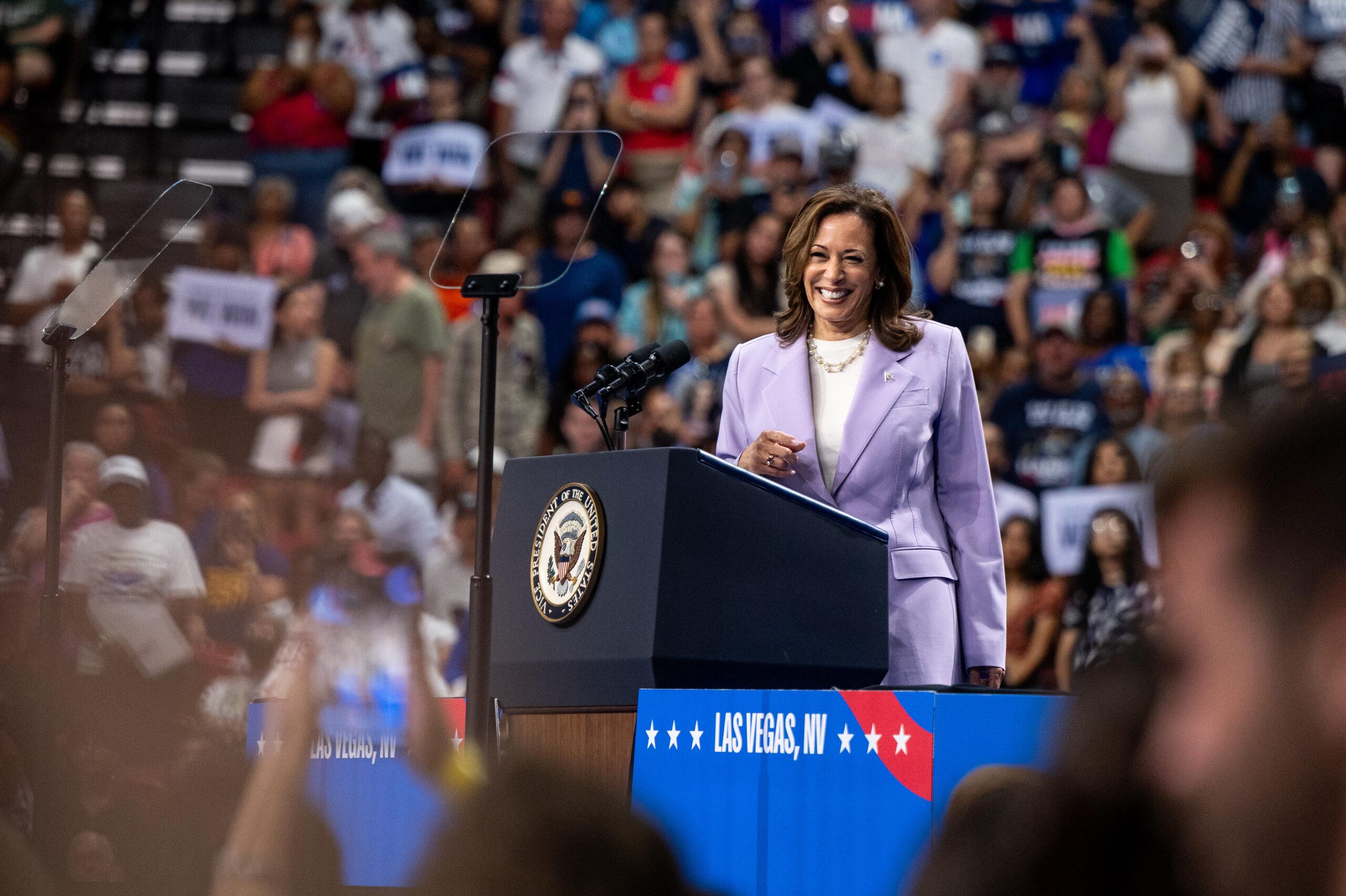PRESIDENT Donald Trump touts the U.S. economy’s high GDP under his term. Bravo! Investors are happy. CEOs are enjoying their bonuses. Companies buy back shares. Bravo!
As the Washington Post reported, the White House even declared that the war on poverty was “largely over and a success,” contending that only a few Americans are truly poor — counting only about 3 percent of the population — and points to the booming economy as the best path upward for those who remain in poverty.
“Over the past 54 years since President Lyndon B. Johnson’s declaration of a War on Poverty, federal spending on welfare programs targeting low-income households has grown dramatically, contributing to a substantial reduction in material hardship,” the White House Council of Economic Advisers wrote, saying that poverty had fallen by 90 percent since the programs began.
The Post further reported that U.S. Ambassador to the United Nations Nikki Haley denounced a U.N. report last month, arguing that the 18.5 million number of Americans suffering extreme impoverishment as “misleading and politically motivated.”
The Permanent Mission of the United States to the United Nations and Other International Organizations in Geneva made their case to the U.N. Human Rights Council that there are no more than 250,000 Americans who are in “extreme poverty.”
And what did the Trump administration do instead? Give more permanent tax breaks to the richest people of America, while tightening the purse for those who really need help — the middle class and poor Americans!
Unfortunately for those still in poverty, this same argument is now being used by the White House and Republicans in Congress toward their goal to add work requirements for recipients of food stamps, Medicaid and housing subsidies.
Republicans continue to rationalize this goal by saying that with current low unemployment and high job vacancies, Americans can lift themselves out of poverty by getting jobs.
I have received many comments from kababayans here in the United States who question Trump’s assertion that the war on poverty is over, looking at their own life situations.
With wages frozen for years as the cost of living increasing exponentially, many of them cannot afford decent housing, let alone buy their own homes, despite working two or three jobs just to have a roof on top of their heads and food to feed their family.
Others cannot even afford health insurance and are afraid of what may happen to their family in case of chronic illness or accidents, heaven forbid.
Many young people are saddling with student loan debts and are still living paycheck to paycheck.
And so they feel the Trump administration’s measure of economic boom is not real in their own day to day lives, and are palpable only among those who are already well-off, especially the millionaires and billionaires who profit most even during a down economy at their expense.
These kababayans echo what critics say that work requirements impose additional barriers to receiving health care and food for those who need such assistance.
According to the Post’s reporting, “they accuse the administration of underestimating the difficulty of climbing out of poverty, even in a robust economy.”
The Post further chronicled that according to the Federal Reserve report released in May, “4 in 10 adults, if faced with an unexpected expense of $400, would either not be able to cover it or would cover it by selling something or borrowing money.”
This is why the Republican plan to cut back on funding for social service programs will hit ordinary hardworking Americans, including many Filipinos.
According to Melissa Boteach, vice president of the Poverty to Prosperity Program at the left-leaning Center for American Progress, 70 percent of Americans turn to these means-tested federal programs at some point in their lives.
More measures of how poverty has not been won yet in the lives of most Americans as reported by the Post: Anti-poverty advocates cite the lack of health insurance for more than 25 million Americans as evidence that far more people suffer from material deprivation.
Moreover, a study by Princeton University economist Angus Deaton that found about 5.3 million Americans live on less than $4 a day, and this already includes government assistance.
It is about time the Trump administration really look at how most Americans are still living in poverty because not acknowledging this will not help solve this matter of life and death situation for most people.
The GDP, stock market index and unemployment rate numbers may look good on paper, but they do not mean anything unless they translate to equitable living wages that will pay for the basic needs of most hardworking Americans and truly help them toward upward mobity.
* * *
Gel Santos Relos is the anchor of TFC’s “Balitang America.” Views and opinions expressed by the author in this column are solely those of the author and not of Asian Journal and ABS-CBN-TFC. For comments, go to www.TheFil-AmPerspective.com, https://www.facebook.com/Gel.Santos.Relos





